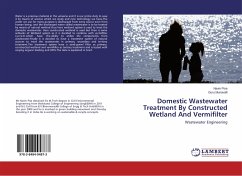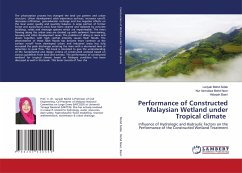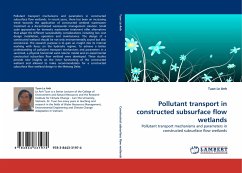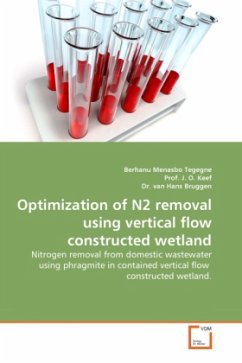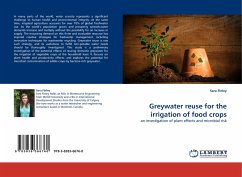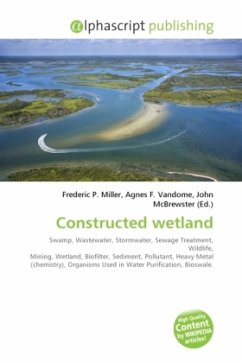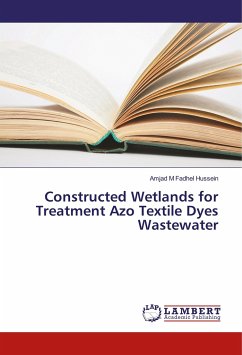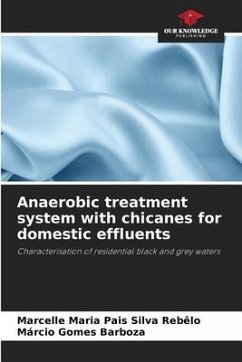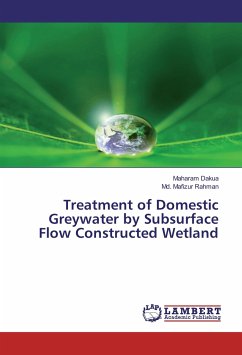
Treatment of Domestic Greywater by Subsurface Flow Constructed Wetland
Versandkostenfrei!
Versandfertig in 6-10 Tagen
27,99 €
inkl. MwSt.

PAYBACK Punkte
14 °P sammeln!
Water insecurity is gradually becoming a major threat with the rapidly growing rate of urbanization. It is necessary now to explore ways of using water resources in a sustainable way to reduce pressure on centralized systems. Through recycling and reuse of generated wastewater in households, this crisis could be reduced which also will create buffer for the city water supply systems. Recycling of greywater, which have low organic and nutrient loading, at household level has good potential to be used as a solution to the growing crisis of fresh water in cities with high water demand. Using a na...
Water insecurity is gradually becoming a major threat with the rapidly growing rate of urbanization. It is necessary now to explore ways of using water resources in a sustainable way to reduce pressure on centralized systems. Through recycling and reuse of generated wastewater in households, this crisis could be reduced which also will create buffer for the city water supply systems. Recycling of greywater, which have low organic and nutrient loading, at household level has good potential to be used as a solution to the growing crisis of fresh water in cities with high water demand. Using a natural and low-cost process like constructed wetlands, this study on sub-surface flow constructed wetland systems tested whether it can be a reliable treatment method for recycling grey water, which is typically 60-70 % of total wastewater generated in households. The performance of sub-surface constructed wetlands to treat greywater at household level was experimented in this study where theremoval efficiency of BOD5, COD, ammonia (total), orthophosphate, TSS, and fecal coliform were tested.




